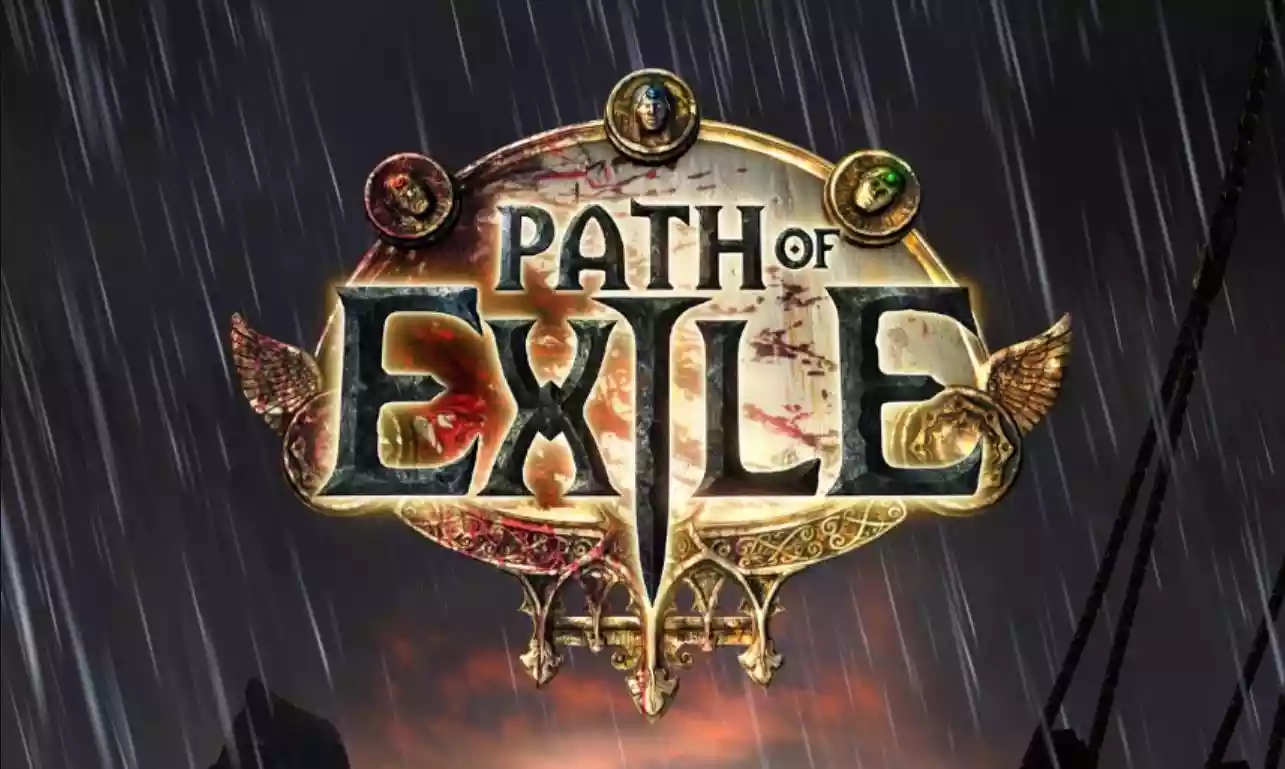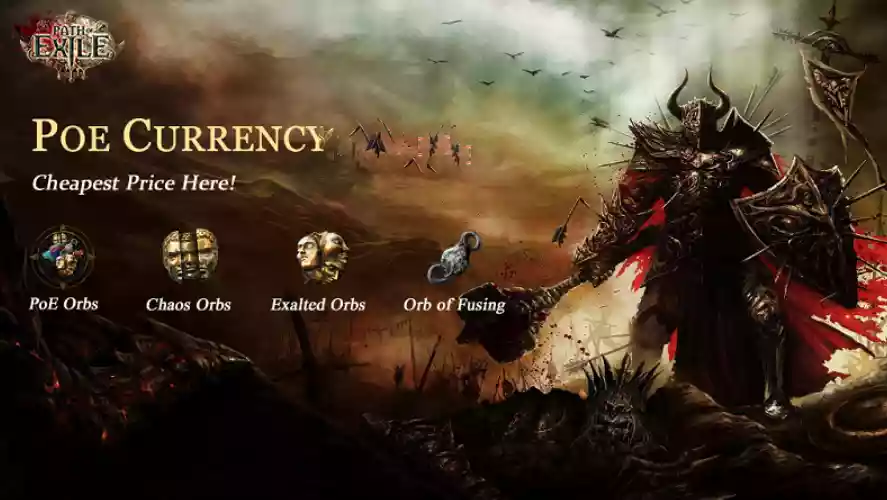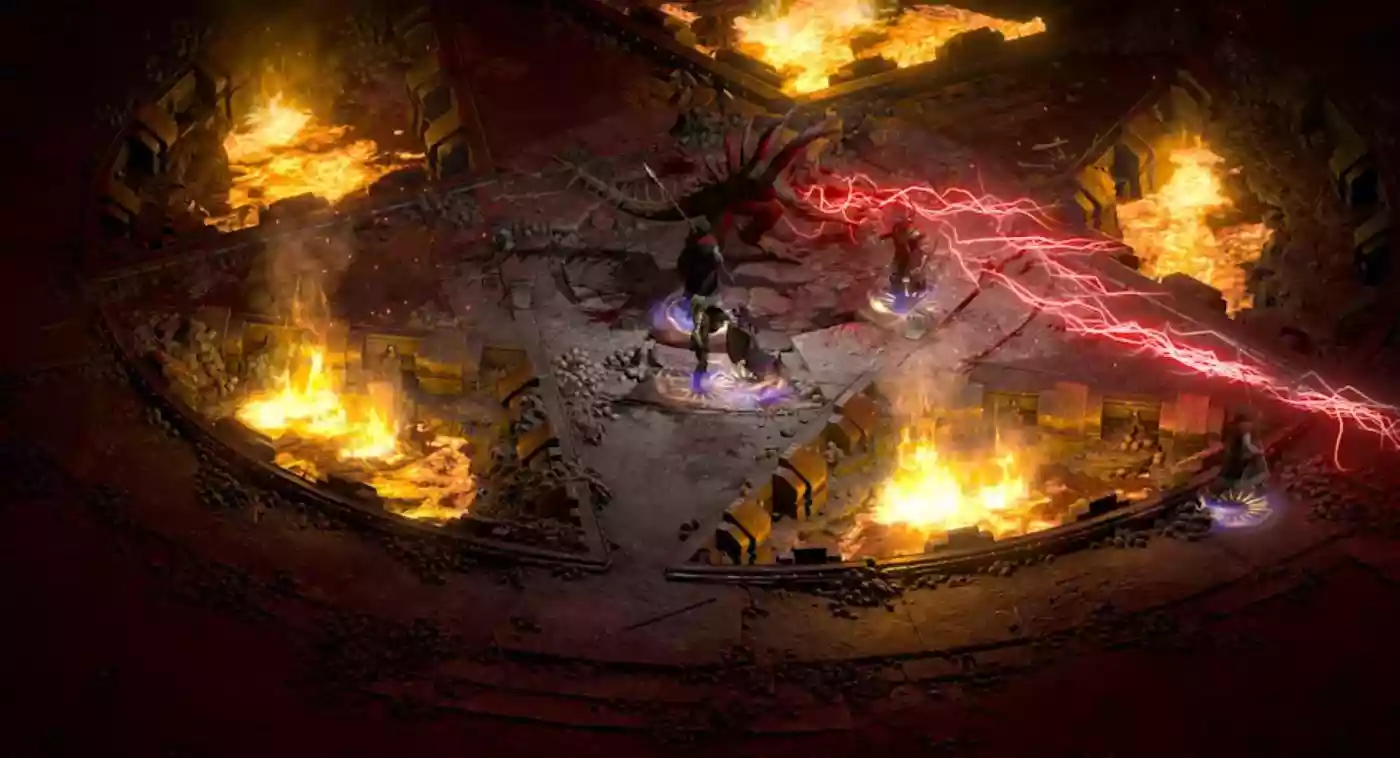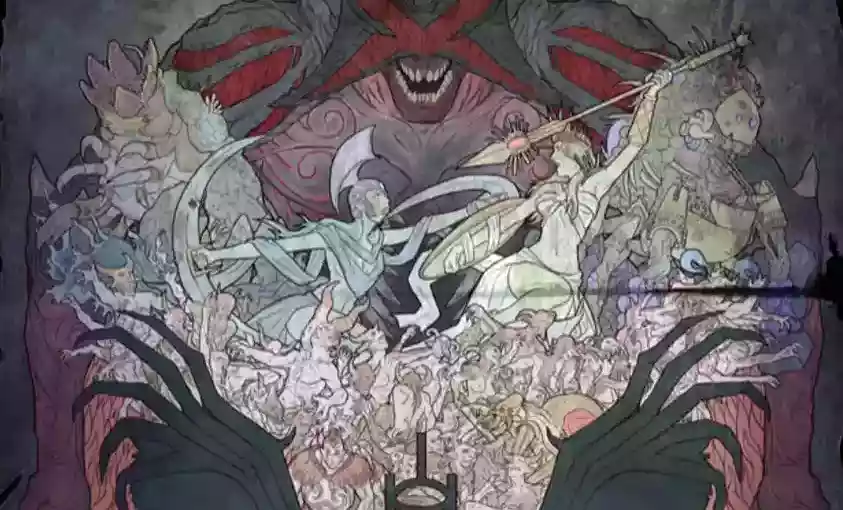The currency history of the game is talked from the path of exile 2
Control the market: limited binding, currency recycling, planned economy and cancellation of market transactions
Only after the emergence of capitalism was there a proletariat. There is a planned economy only after the emergence of a free market. Similarly, only after witnessing the tragedy of a completely free market, online game designers began to try to control the free market. Of course, countries that are familiar with the planned economy in this regard will do a little better.
The earliest idea was naturally to control supply and demand through binding. The equipment directly bound to the user appeared in the later version of Everquest. After that, it became the main system of the game in World of Warcraft, forcing some equipment to leave the trading market. Then the connected goods themselves were also pulled out of the market: the brand of World of Warcraft and the binding silver of domestic games are the most typical representatives. In this way, as long as the game itself can continuously provide new content, the economic environment of the game can always be maintained; even if the average efficiency or total output is out of control, or even vicious bugs such as replication are generated, there will always be some bound items. It is unaffected.

What follows logically is conscious currency recovery. Directly reducing M2, M1, and even M0 can certainly improve the economic environment, not to mention that the economic environment of games is usually very simple-simpler than the era of Comrade Chen Yun selling high-end cakes and reclaiming renminbi... Most of the earliest online games can only make money Used to buy some intermediate equipment and inexhaustible consumables, path of exile currency has no other purpose except for trading purposes, but the efficiency of obtaining poe currency has soared with the progress of the game. After that, everyone began to design various ways of poe currency recovery in the system: various services at sky-high prices (such as the horses in World of Warcraft), daily transaction taxes and repair fees, necessary high-priced consumables... in my country's online games This approach has even reached the level of direct recovery of the renminbi: many online games must be recharged to a certain level before purchasing enough high-level services before they can be considered as the entry threshold for this game.
What follows is naturally the familiar free game + item charging model-this has completely changed the history of online games. Everyone's revenue statement is no longer tied to game time, but tied to the total amount of equipment/services and ability to pay, and the total economic scale has naturally risen. How can a modern government survive on seigniorage? For the game world, whether it is US dollar, yen or RMB, after conversion, it becomes a kind of foreign exchange. These foreign exchanges are supported by foreign countries with a clearly guaranteed value-of course, this can also greatly improve the stability of the economic environment. Sex. What followed was that game companies began to need to benefit more directly from the economic environment of the game, while at the same time fighting against those gamers who sold numbers and sold gold and equipment-now everyone is in the same market. Competitor. In order to fight against players, game companies began to consciously control the daily supply of various currencies, confirm the output of various currencies through activities and recharge quotas, and various "churn rate" and "ARPU" data began to appear. The server economy is included in the plan. Once it makes a profit—it can be understood as a real-world "foreign exchange earning activity"—the server will be merged if it is not clear... After copying the free market, everyone again invented the planned economy and discovered the profit of the planned economy It's actually higher.
Thus, another logical idea appeared. Since market trade will cause some players' RMB to be earned by other players, why not just cancel all markets? All services are sold uniformly by the company! Of course, it may be difficult for traditional client-side online game users to accept this kind of no-transaction practice-so this idea has been implemented on a large scale on mobile phones and web games, and has created another batch of fabulous upstarts.
But they are some upstarts who have difficulty even going public, because no one is sure to use this business model to maintain its brilliance for several years. The cancellation of the transaction has reached a dead end. It is true that monopoly and monopoly can bring huge profits-but that also means you have to rack your brains to keep this monopoly position. Online games without transactions also mean that there is no active economic environment, and there is no low-consumption players who survive in this environment, and it is difficult for middlemen and fans to survive in this game environment. In order to ensure revenue, the business model of no-transaction online games can only continuously reduce the number of people per server and ensure that a small number of players who can afford the monopoly profit survive in it, and most players can only choose to endure or leave. What this kind of game requires is not the game itself, but the fastest promotion; since the survival time of each server city-state in the game is becoming shorter and shorter, the game must use the form of co-servers and open-server users to squeeze monopoly profits, and Compete with countless other similar games under the same business model. The bigger problem lies in the objective environment: such a monopoly profit requires a special market environment. In this market, 1% of users hold 99% of money, and 99% of users hold 1% of money—that is, Like China and Eastern Europe, developing countries where the gap between the rich and the poor is extremely serious. The economic history of our world has repeatedly proved that the maintenance of a monopoly market is a very difficult thing. It will reduce the quality of service, destroy the market environment, and harm participants. I suspect the same is true in the game world-this road is indeed profitable. But it looked like a dead end when it came to an end. You cannot expect to close the free market forever and earn monopoly profits from everyone.
Self-regulating currency: consumable currency, regional currency and agreed currency
Knowing the history of the development of online game currency, we can now look back at this new example provided by POE.
In the past few years, the economic history of online games has changed from the free market that was taken for granted, to a planned economy, and then to abolition of trade. The regression here is by no means a derogatory term, but the designers have gradually mastered it. A proof of the game environment. Modern free markets and trade are formed under a super-large-scale industrial environment, a super-large population, and safe and fair trade conditions. The cost of this is by no means the cost of a game company or a few designers. An online game country composed of server city-states is not so much a modern country as it is closer to a city-state in the Middle Ages or even earlier: the population is small, most of the currency and resources are consumed within the city-state; but such an environment But it has to face the modern level of external economic environment and the speed of currency circulation. In such an environment, planned economy and monopoly trade can theoretically produce greater effects.
However, in our currency history, people did not choose this way. External trade in ancient times was far less developed than in modern times. Most environments did not have such surging external currencies and productivity, and even internal trade currencies were insufficient. They chose another approach: designing a currency or a series of currencies to adapt the currency to the needs of trade. Before the economy entered modern times or even modern times, such examples can be seen almost all over the world. The most classic is naturally the currency used by Africans, which is even written in textbooks: They use live cattle, which everyone can understand, and they are guaranteed to quickly consume units as currency-but the price is this The feeding and unit value of currency is too high to be maintained on a large scale. Next, the adaptive currency system evolved several very interesting examples, which are not mentioned in general economics textbooks.
The first to appear is the Chinese-style copper currency currency system. In the concept of ordinary people, it seems that during the long period of Chinese history, copper coin is a stable currency such as 1000 liters = 1 tael or 1 penny-but this is not the case! The currency in China's history is closer to such a system: Copper coin is a fixed and identifiable unit; while silver or guan is a constructed "virtual unit." When you take copper coins to pay taxes, you will use a unit that can be named "Taxiguan" or "Cuping Silver" (yes, this is the official term) to settle the settlement; but if it is used daily in the Chinese Empire Among thousands of provinces, roads, counties and counties with different environments, the value of this virtual unit has been self-adjusting. There is a very interesting record of currency history in the Ming Dynasty: a general deducted too much military payment, and under his rule, each soldier could only receive 300 wen of military payment equal to 1 tael; because his army was the most important in the nearby area. Buyers, so in the entire region, the exchange relationship between copper coins and silver has become 300 wen equals one tael. Another interesting example is in Fujian in the late Ming Dynasty. The Fujian area originally used Jiajing money, and the exchange ratio was 3 taels=1000 wen; then Kangxi money was issued after the establishment of the Kangxi dynasty, and the official exchange rate was 1 tael=1000 wen. In order to meet the needs of local people to save money and not depreciate, there was a situation where 1 Jiajing money = 3 Kangxi money, and it lasted for more than ten years. The local people even privately minted clear money to meet the needs of transactions... In the Song Dynasty In the notes, it is even more pointed out that each industry in Tokyo Bianliang has its own trading system, none of which is full, and each uses hundreds of different coins as consistent money for settlement. This is a self-adjusting currency unit, sometimes in the form of copper coins, sometimes in the form of storage, and sometimes in the form of bookkeeping, which is very changeable.
In Western Europe and the Middle East, there are other interesting examples, such as Ducat in Venice, and Maria Theresa silver dollar as late as the 20th century. In Venice and many European countries, the original gold coin quickly became a virtual unit, which can only be paid with other currencies and sub-currencies at variable exchange rates, and the amount of gold and silver in these currencies has also been changing. The Maria Theresa silver coin is a more interesting example. Keynes and others have discussed this example: in southern Arabia and East Africa, until the 1940s, the Maria Theresa silver coin, which was completely unrelated to them, was still used on a large scale. This is a currency issued by Austria in the 19th century and has long been out of circulation in Europe! This currency has a much higher value than its silver content in the area where it is used. It brings huge profits every year to Vienna, and later Rome and Mumbai that obtained the casting rights, and supports the British and Italian sides in the North African battlefield. The war is going on. This kind of Teresa silver coin has only one specific purpose: as a remote large-value transaction currency in East Africa and the Middle East. There are many other currencies in the region, but they are unable to compete with the Teresa silver coin that has formed a fixed market. This silver coin is used for the main bulk trade goods in the region, and a large amount of capital deposits and leaves the market every year until After the 50s, the silver dollar stopped minting, and the US dollar and sovereign currencies began to enter the region before they changed. This is an interesting example of currency constructed by purpose: how a small-scale, specific-purpose currency can gain currency status for a long time and stabilize a specific market.
Most of our online game world is actually more similar to the above examples. The city-state of each server is very small, at most thousands of players produce-now there is a trend of getting smaller and smaller-and the currency value and production efficiency of each server are different. In this case, it is very difficult to maintain a gold coin like World of Warcraft, and even real world tokens such as Diablo 3 or Jiuyin Zhenjing are also very difficult (the problem of the latter is that it will destroy In the economic environment of the entire server group, the currency value of high-level players crushes that of low-level players, and the value of old servers crushes that of new servers). Then, we can completely consider building some currency systems with its own recovery, consumption and precipitation, so that the currency can circulate and disappear in each server city-state. The official only provides the macro-sales and total volume control of these currencies.
This is where the design of POE is interesting. An alternative idea of poe currency in a closed environment: If there is no suitable currency, then build a currency environment to solve the currency problem through natural consumption and transaction exchange losses. Indeed, POE has gone too far, 20+ types of currencies may only be played by top core players; but we can also design like the cattle of Africans, the Maria Theresa silver coins in East Africa and the Middle East, and the copper coins in China. Develop a game economy system that is suitable for a small scale, meets the needs, and self-adapts and adjusts.




 0
0







 Google Safe
Google Safe $ USD
$ USD
 € EUR
€ EUR £ GBP
£ GBP C$ CAD
C$ CAD A$ AUD
A$ AUD
 Live Chat
Live Chat Shop Cart
Shop Cart













